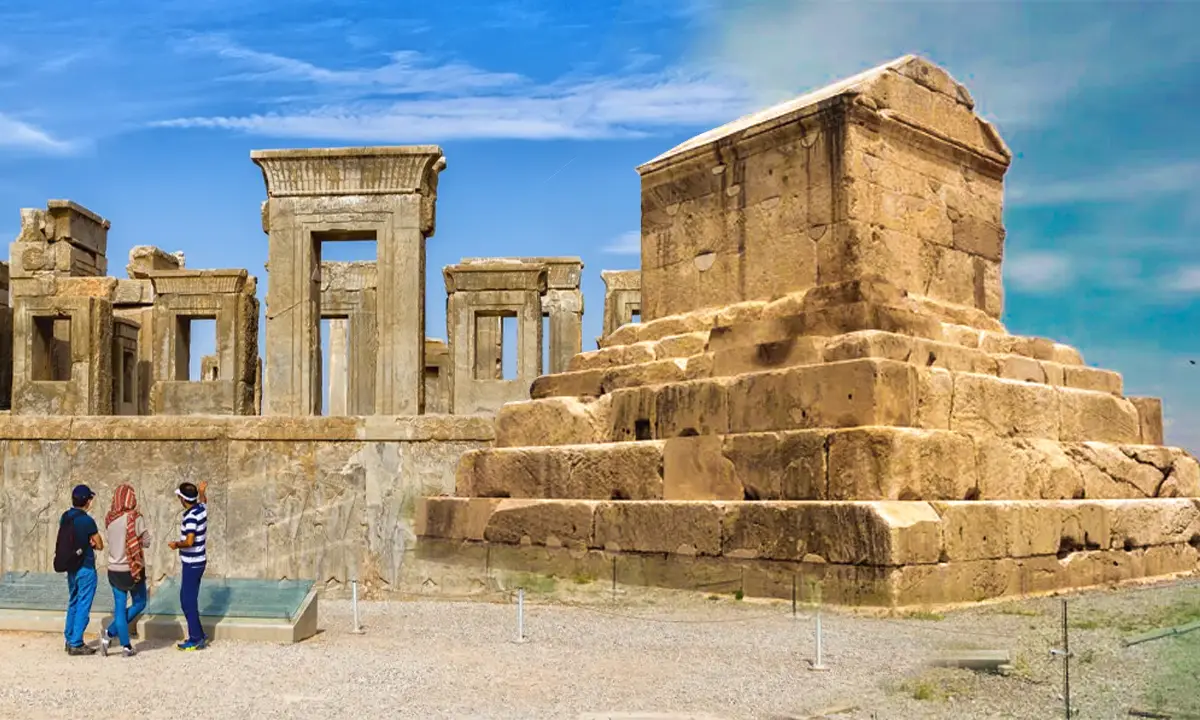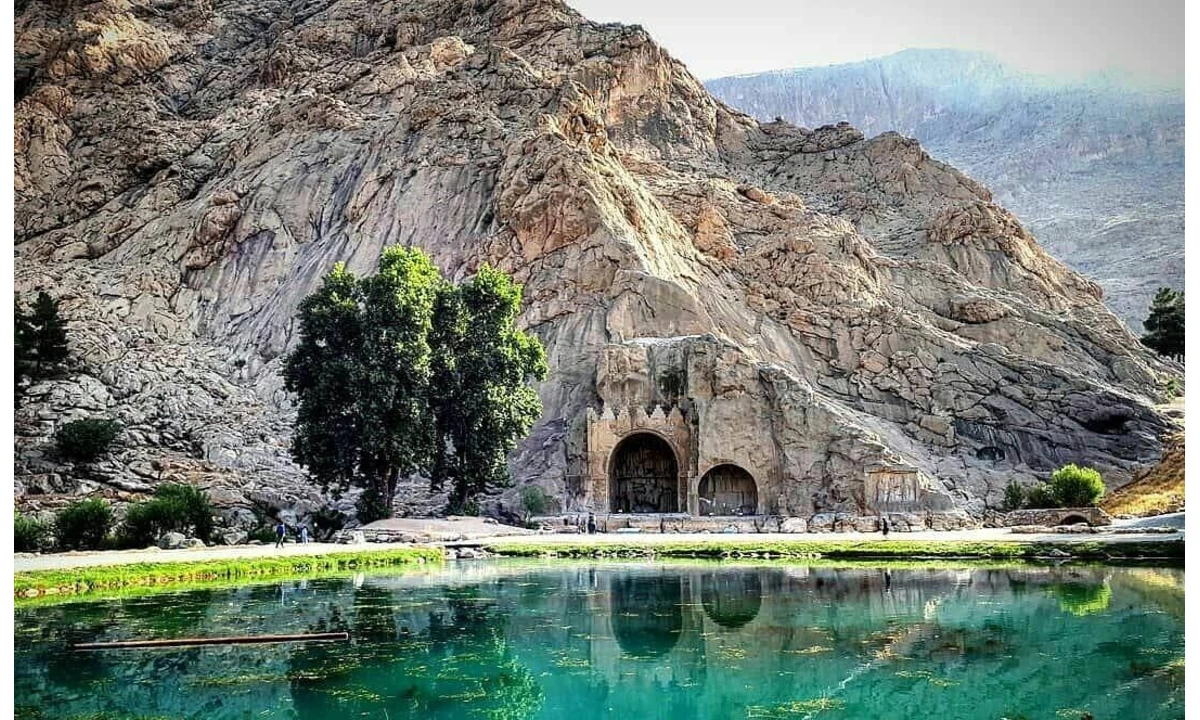The history of the burnt city from 0 to 100
![]() Author : asal | Date : Sunday 03 August 2025 14:53
Author : asal | Date : Sunday 03 August 2025 14:53
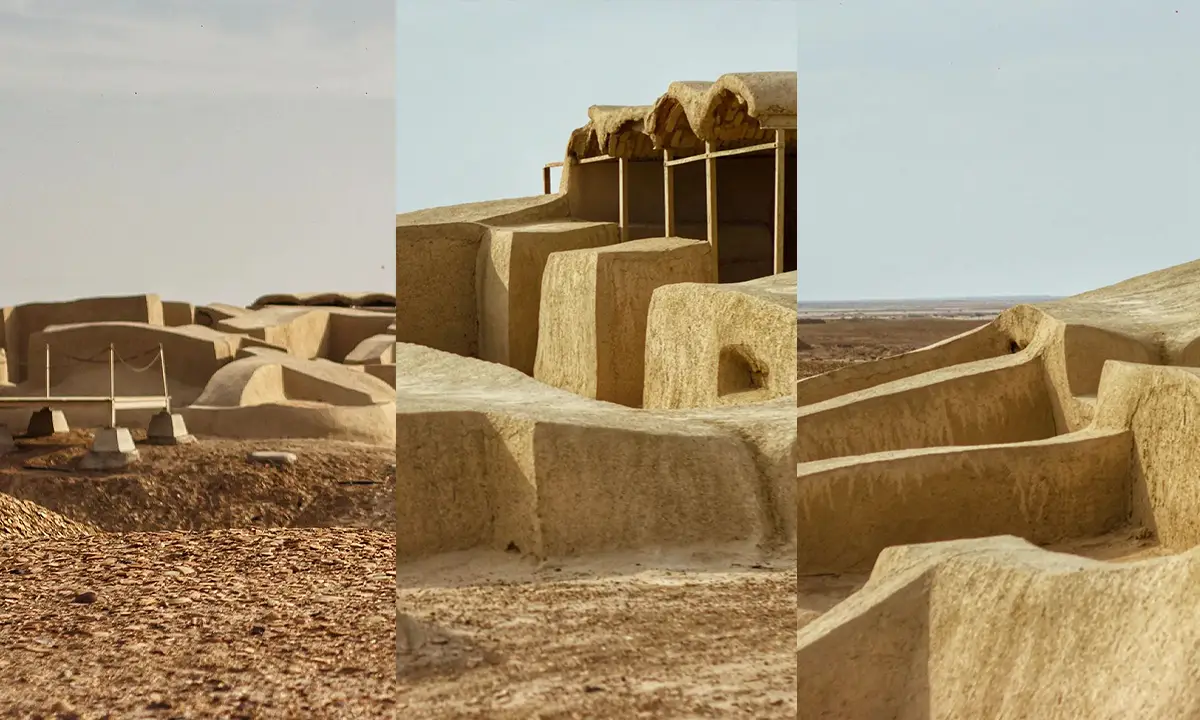
About the Burnt city (Shahr-e Sukhte)
The Burnt Metropolis is one of the ancient world's marvels, a unique example of the earliest, biggest, and the most sophisticated city created during the Bronze Age. Burnt City is located in eastern Iran on the Hirmand River, on the way to Hamon Lake.
This ancient city demonstrates that a unique civilization with its traditions and culture thrived in this area and had trading ties with other ancient locations in the Indus and Ganges plains, the southern beaches of the Persian Gulf, the Oman Sea, southwestern Iran, and Central Asia. You can use Iran private tours to visit this perfect city in Iran.
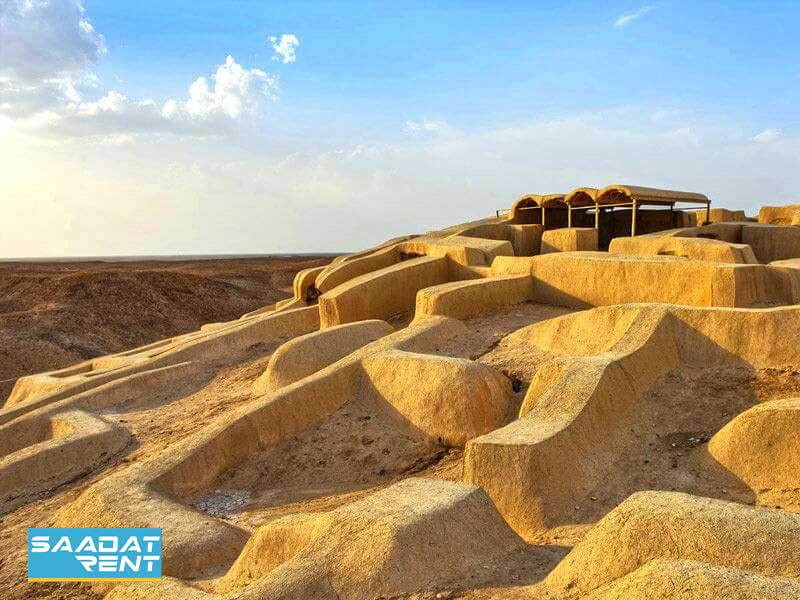
✔️Read More : UNESCO World Heritage Sites of Iran | Last update 2024
The history of the Burned city
The burning city was founded approximately 3200 years ago, and humans lived there in four major eras until 1800 years ago. During this period, the city was split into sections for erecting monuments, and people's homes, burying the deceased, and production.
Changes in the course of this region's seas and weather throughout time have prompted the residents of this city to flee and leave it alone in the second millennium. Structures, graves, and a huge number of unknown notable works that remain in good condition due to this region's dry and desert environment have made this historical city a great source of knowledge about the origin of societies and their relationships in the third millennium BC.
Burnt City is a large historic area (151 hectares) made with mud bricks on the bank of the Hirmand River between the towns of Zahedan and Zabul in Iran's southeastern Sistan and Baluchistan province. This city dates back to the Bronze Age, and it was inhabited between 3200 and 1800 BC.
The importance of the burnt city from an archaeological point of view
There is little question that this ancient city is significant because of the historical items uncovered beneath its soil. Several of these freshly discovered items were in quite an excellent shape, and some of the exceptional artifacts uncovered in this location demonstrate that an incredible civilization thrived in the eastern portion of Iran in very distant ages. You can rent a car in Iran and then visit all the best places in this country.
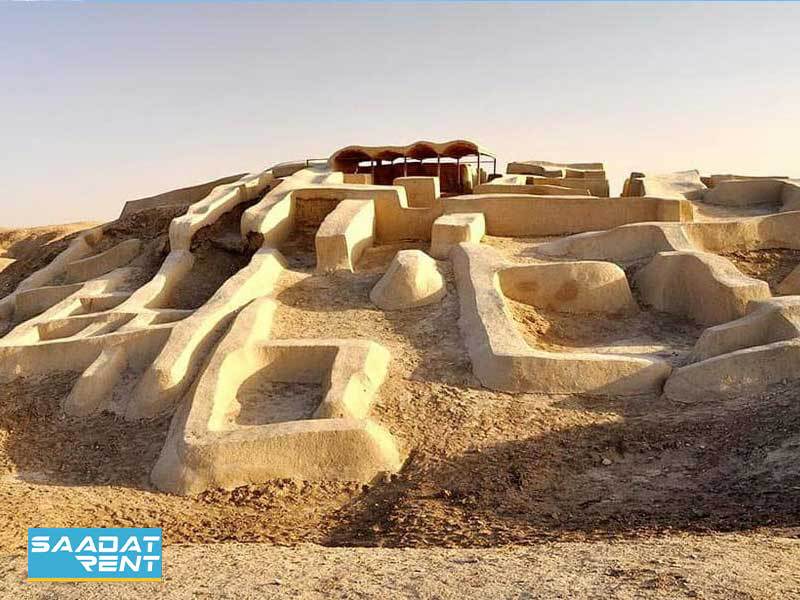
Jobs for the residents of the burned city of Zabul
These individuals created employment for themselves by utilizing their knowledge and artistic hands, and they profited from them through commerce. They caught fish by creating fishing nets, and in addition to supporting their nutritional needs, they generated business and cash by selling the captured fish.
Other enterprises that individuals were involved in included embroidery, textiles, goldsmithing, pottery, mat weaving, stone cutting, and jewelry production. They chopped down the trees around the stream and utilized them as fuel to execute these creative and industrial operations, as well as to heat their homes.
Advanced facilities of the burnt city
- The world's first artificial eye in Burnt City
An artificial eye from 4800 years ago was discovered in the burned city for the first time. This prosthetic eye belonged to a 25- to 30-year-old lady who was buried in one of the burned-out city's tombs. The discovered artificial eye was implanted in his left eye, and despite the passage of approximately 4500 years, it is still functional. The exact nature of this artificial eye is unknown, however, it appears to be formed of bitumen. Natural ingredients are combined with animal fat.
- Brain surgery in the burnt city
The discovery of the earliest brain surgery signals in the destroyed city is one of the most astonishing discoveries of the torched city. The skull of a 12- or 13-year-old girl whose skull was removed and operated on by doctors in that nation 4,800 years ago to cure hydrocephalus (fluid buildup in the head) has endured for a long time. A 14-year-old girl's complete skeleton was discovered after she underwent brain surgery.
- The first ruler in history
Another intriguing artifact recovered in the burned city was a line drawing, the precision of which piqued the experts' curiosity. This line's precision is half a millimeter, which is an incredible statistic in the history of the inhabitants of the burning city.
- In the city, the oldest backgammon board in the world burned
The world's oldest backgammon board, together with 60 pieces, was discovered in ancient burial No. 761 in Sokhte city. This backgammon board is significantly older than the one discovered in the royal grave of "Ur" in the heart of Rhodan (Mesopotamia). This backgammon board is made of ebony and has a rectangular form with an engraved snake coiled 20 times and gripping its tail in its mouth.
- The world's first animation in the burnt city
Archaeologists discovered a cup with a goat and a tree in a 5,000-year-old burial while examining the burnt city. They discovered that the pattern on this artifact, unlike other works recovered from Burnt City's historical locations, has a planned repetition in such a way that it depicts the progress of the goat toward the tree. In five moves, the artist who used the clay cup as his canvas was able to construct a goat approaching the tree and nibbling on its leaves. Archaeologists were able to produce a similar example of a moving image in the form of a 20-second video by putting these photos closer together.
- The unique cemetery of the burnt city
The first grave in Burnt City Cemetery was discovered by chance in 1972. The materials utilized in this city's tombs are frequently raw clay. Although there are structural distinctions between the various types of burials in the burned city, it appears that these differences have nothing to do with the gender or age of the buried, but rather with religious and ritual beliefs or class inequalities among the inhabitants of that culture.
- Jewelry making in the burnt city
The necklaces recovered in the city excavations were torched, demonstrating the richness of the jewelry business in this ancient culture. Beads of various metals, such as gold, agate stones, marble, lapis lazuli, turquoise, and other valuable and semi-precious stones, were unearthed and combined to produce exquisite necklaces.
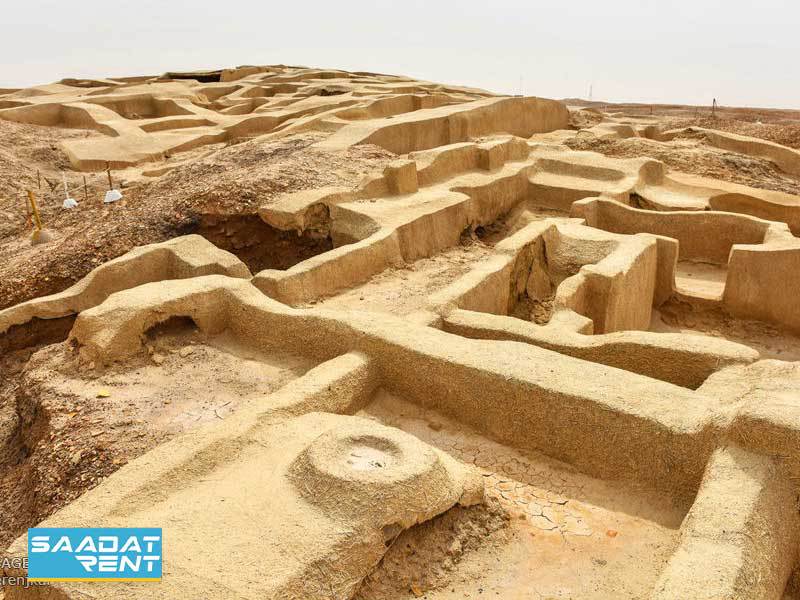
✔️Read More : Persepolis | local guide of the Takht-e-Jamshid of Iran
Last word
As previously said, you may employ Iran tours to travel to this ideal city and learn a great deal about Iran's history and culture.
You can drive safely to any of the destinations you want to see by renting a car in Iran.

.webp)

